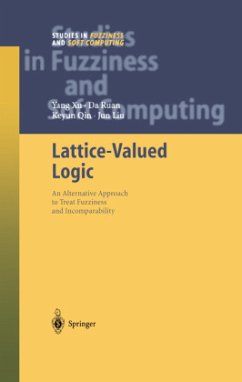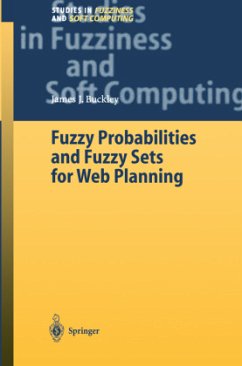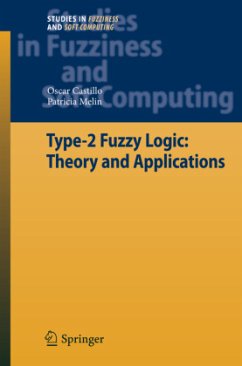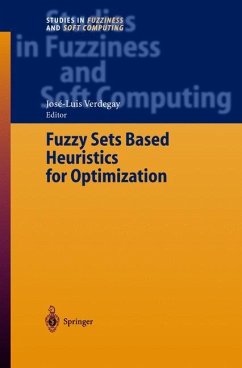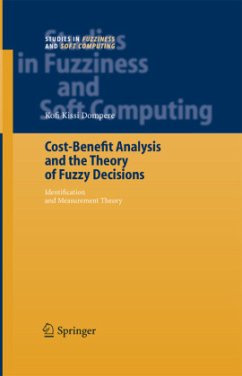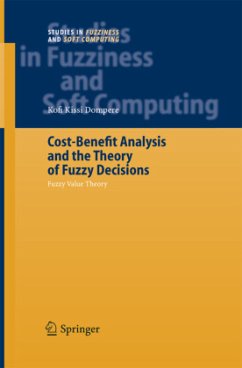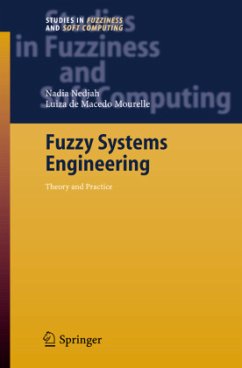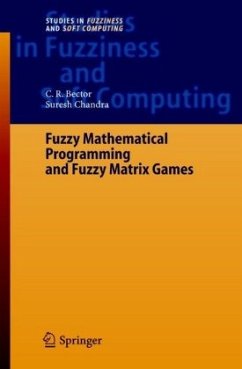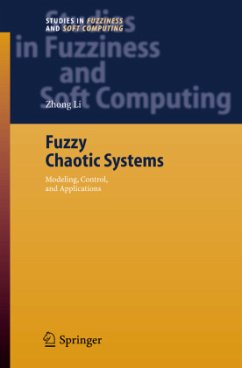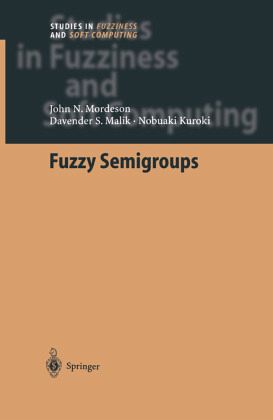
Fuzzy Semigroups
Versandkostenfrei!
Versandfertig in 6-10 Tagen
121,99 €
inkl. MwSt.
Weitere Ausgaben:

PAYBACK Punkte
61 °P sammeln!
Lotfi Zadeh introduced the notion of a fuzzy subset of a set in 1965. Ris seminal paper has opened up new insights and applications in a wide range of scientific fields. Azriel Rosenfeld used the notion of a fuzzy subset to put forth cornerstone papers in several areas of mathematics, among other discplines. Rosenfeld is the father of fuzzy abstract algebra. Kuroki is re sponsible for much of fuzzy ideal theory of semigroups. Others who worked on fuzzy semigroup theory, such as Xie, are mentioned in the bibliogra phy. The purpose of this book is to present an up to date account of fuzzy subsem...
Lotfi Zadeh introduced the notion of a fuzzy subset of a set in 1965. Ris seminal paper has opened up new insights and applications in a wide range of scientific fields. Azriel Rosenfeld used the notion of a fuzzy subset to put forth cornerstone papers in several areas of mathematics, among other discplines. Rosenfeld is the father of fuzzy abstract algebra. Kuroki is re sponsible for much of fuzzy ideal theory of semigroups. Others who worked on fuzzy semigroup theory, such as Xie, are mentioned in the bibliogra phy. The purpose of this book is to present an up to date account of fuzzy subsemigroups and fuzzy ideals of a semigroup. We concentrate mainly on theoretical aspects, but we do include applications. The applications are in the areas of fuzzy coding theory, fuzzy finite state machines, and fuzzy languages. An extensive account of fuzzy automata and fuzzy languages is given in [100]. Consequently, we only consider results in these areas that have not appeared in [100] andthat pertain to semigroups. In Chapter 1, we review some basic results on fuzzy subsets, semigroups, codes, finite state machines, and languages. The purpose of this chapter is to present basic results that are needed in the remainder of the book. In Chapter 2, we introduce certain fuzzy ideals of a semigroup, namely, fuzzy two-sided ideals, fuzzy bi-ideals, fuzzy interior ideals, fuzzy quasi ideals, and fuzzy generalized bi-ideals.





